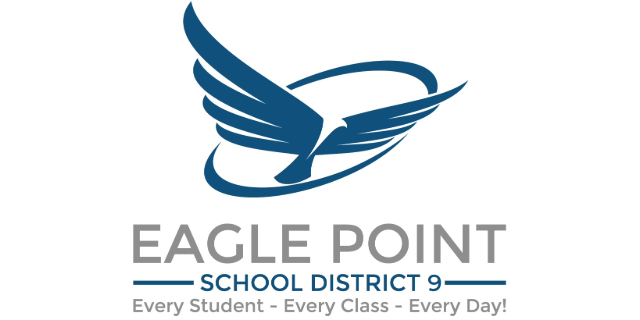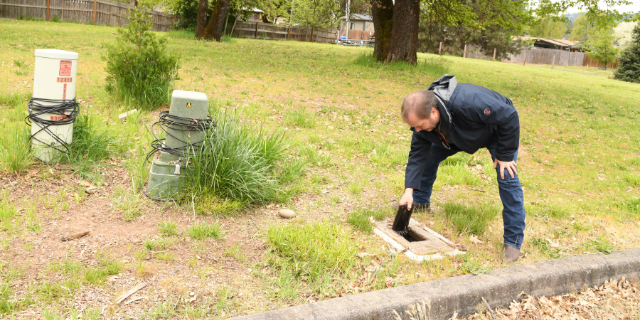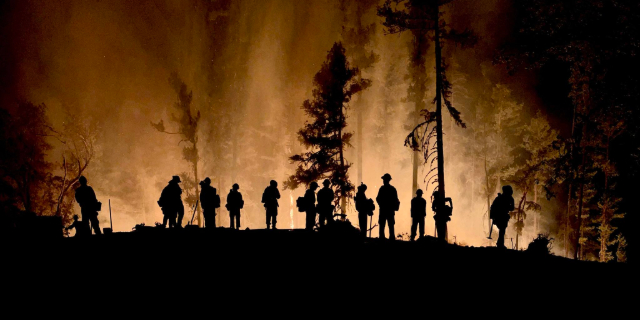Education goes into nature during Echo Watershed Day
Published 6:00 am Monday, October 9, 2023

- Echo third grader Roman Sabuco (wearing ball cap) raises his hand to ask a question during an Echo Watershed Day session on Tuesday, Oct. 3, 2023.
ECHO — Third and fourth graders at Echo School District learned a bit more about the world around them on Tuesday, Oct. 3, during the Echo Watershed Day.
Before the coronavirus pandemic, various conservation groups in Umatilla County teamed to teach agricultural lessons in what was known as the Watershed program. A watershed is an area that drains water into other bodies of water.
For three days, the conservation groups hosted six-hour lessons at McNary Dam — which joins Umatilla County with Benton County, Washington — to educate Umatilla County students about agricultural topics. However, the program was put on hold during the pandemic.
Ipolito Maloy, Echo third grade teacher, had heard of the lessons and how beneficial and enjoyable they were to students. About a year ago, he talked to Kyle Waggoner from the Umatilla County Soil and Water Conservation District to see if the groups were interested in continuing the lessons.
Instead of a lengthy program for the whole county, Maloy suggested small sessions for Echo students. Waggoner agreed, so Maloy began contacting county organizations at the beginning of the 2023-24 school year with the hope of holding an event before the weather turned cold.
Along with the Umatilla County Soil and Water Conservation District, the Umatilla National Forest Service, U.S. Army Corps of Engineers, OSU Extension and Oregon Department of Fish and Wildlife all expressed interest in the smaller-scale Watershed program.
Officials within the organizations then reached out to employees and volunteers to see if anyone was willing to conduct lessons. Those responding to the call were Waggoner, Shannon Dunferr from the UNFS, Andrea Mann with the OSU Extension, Lindsay Somers from the ODFW and Paul Augustine with the Corps of Engineers.
On Oct. 3, these five organizations put on interactive lessons for Echo third and fourth grade students on the school’s football field. Each session was 30 minutes long, and both classes rotated through the five sessions. The lessons covered soil characteristics, bee types, runoff pollution and animal identification.
To demonstrate how runoff can cause pollution, Waggoner sprayed sprinkles and coffee grounds with water on a 3-D town model. Somers let students examine a collection of animal skeletons and skins for her species identification lesson and Augustine led students around the field to identify animal pelts.
During the hands-on lessons, the students listened and took notes.
“My favorite thing was learning about all the different animals here,” said third grader Trinity Gehrke.
Classmate Scarlett McFarlane agreed, “I like how I got to touch the animals.”
Fourth grade teacher Brytni Owen spoke highly of the lessons. “I think it helps bring science to life as opposed to just reading about it.”
She added the students loved having visitors and that she hopes the lessons made students more aware of the region’s natural variety.
Presenters also seemed to enjoy the program as much as the students.
“It’s a good break from what I do everyday. It’s nice to get out of the office,” said Somers. Augustine had conducted lessons before and said his favorite part was giving the students the opportunity to experience rather than just learn, whether through sharing stories or physically touching animal pelts or different soil types.
Mann said being from a small town there weren’t many agricultural courses, so she learned about nature from park rangers while at national parks. Not only did that make her more knowledgeable about her general surroundings, she said, but it instilled in her a love for agriculture. She added that the Watershed lessons provide a similar experience to the students.
Each presenter individually planned his or her lesson and was in charge of gathering materials. The organizations had conducted pre-pandemic Watershed lessons and already had some resources and materials.
With the success of the Oct. 3 lesson, Maloy said Echo Schools plans to hold the program every two years.
“The main idea is trying to equip them so they can understand the environment and hopefully help protect it,” he said. “Environmental awareness is important, even at this age.”






